gas line sizing calculation With Example
Article Contents
What is Line meant by Gas Line sizing Calculation
Gas line sizing calculation is a systematic approach to determine the exact pipe diameter needed for transporting gas efficiently and safely. It involves considering various factors such as gas properties (molecular weight, compressibility factor, viscosity, specific gravity, temperature), required flow rate, and operating pressure at the pipeline’s inlet and outlet. Additionally, pipe material, internal roughness, total pipeline length, allowable pressure drop, and elevation changes are taken into account.
The process starts with collecting essential data, followed by calculating the Reynolds number to identify the flow regime. An initial pipe size is selected, and appropriate equations are used to calculate the pressure drop. Iterations are then performed to ensure the chosen pipe size meets the desired criteria. Proper line sizing ensures optimal flow velocity, minimizes energy consumption, enhances safety, and ensures compliance with industry standards and regulations.

Importance of Gas Line Sizing Calculation
Gas line sizing is crucial for several reasons:
- Efficiency: Maintains desired flow rates by managing pressure drops across the pipeline.
- System Integrity: Controls flow velocity to prevent erosion, noise, and vibration, reducing pipeline damage.
- Energy Savings: Minimizes energy consumption by reducing the need for additional pumping or compression, leading to lower operational costs.
- Safety: Reduces the risk of high-pressure zones and potential pipeline failures, enhancing overall system reliability.
- Compliance: Ensures the pipeline meets industry standards and regulations, fulfilling safety and environmental guidelines.
- Cost Management: Optimizes pipeline material and construction costs by selecting the most appropriate pipe size, balancing initial investment with long-term operational expenses.
Allowable pressure drop
Allowable pressure drop is the maximum permissible pressure loss in a gas pipeline, crucial for efficient and reliable gas transportation. It ensures the system can transport the required gas volume without excessive energy consumption, maintaining operational efficiency. Controlling pressure drop sustains system performance and prevents high-pressure zones that could cause pipeline failures, enhancing safety. Balancing allowable pressure drop with material and construction costs optimizes both initial investment and long-term expenses. Properly managing this parameter ensures pipelines are designed to be efficient, safe, and cost-effective.
Suction Side Allowable pressure drop: The allowable pressure drop on the suction side is typically lower to ensure that the pump or compressor receives sufficient pressure for effective operation. Excessive pressure drop here can lead to cavitation or reduced performance.
Discharge Side Allowable pressure drop: The allowable pressure drop on the discharge side can be higher, as it generally deals with higher pressure and is less critical for maintaining pump or compressor efficiency. However, it still needs to be managed to ensure overall system efficiency and performance.
Data Required for Gas Line Sizing Calculation
Here is a table summarizing the data required for gas line sizing calculations:
| Data Required | Description |
|---|---|
| Gas Properties | |
| – Molecular Weight (MW) | Weight of one mole of gas molecules, affecting density. |
| – Compressibility Factor (Z) | Adjusts for deviations from ideal gas behavior. |
| – Specific Gravity (SG) | Relative density of the gas compared to air. |
| – Viscosity (µ) | Measure of the gas’s resistance to flow. |
| – Temperature (T) | Operating temperature affecting gas density and viscosity. |
| Flow Rate | Required gas flow rate in standard cubic feet per minute (SCFM) or other units. |
| Pressure Conditions | |
| – Inlet Pressure (P1) | Pressure at the start of the pipeline. |
| – Outlet Pressure (P2) | Pressure at the end of the pipeline. |
| Pipeline Specifications | |
| – Pipe Material and Roughness | Material and internal roughness affecting friction losses. |
| – Pipeline Length (L) | Total length of the pipeline from source to destination. |
| – Elevation Changes | Any changes in elevation affecting pressure drop. |
| Allowable Pressure Drop | Maximum permissible pressure loss across the pipeline. |
This table provides a concise overview of the key data required to perform accurate gas line sizing calculations.
Lest Talk about steps.
Steps to Calculate Line Sizing
Here are the steps for gas line sizing calculations along with the relevant formulas:
1. Determine Gas Properties
Collect data on gas properties:
- Molecular Weight (MW)
- Compressibility Factor (Z)
- Specific Gravity (SG)
- Viscosity (µ)
- Temperature (T)
2. Calculate Gas Density
Use the Ideal Gas Law or actual conditions with compressibility factor:
= PM/ RT
Where:
- ( P ) = Absolute pressure (Pa)
- ( MW ) = Molecular weight (kg/kmol)
- ( R ) = Universal gas constant (8.314 J/(mol·K))
- ( T ) = Temperature (K)
- ( Z ) = Compressibility factor
3. Calculate Flow Velocity
Use the formula for gas flow velocity:
V = Q/A
Where:
- ( V ) = Flow velocity (m/s)
- ( Q ) = Flow rate (m³/s)
- ( A ) = Cross-sectional area of the pipe (m²)
4. Determine Reynolds Number
Calculate Reynolds Number to identify flow regime:
Re = DV/μ
Where:
- Re = Reynolds number
= Density (kg/m³)
- V = Flow velocity (m/s)
- D = Pipe diameter (m)
- μ= Viscosity (Pa·s)
5. Calculate Pressure Drop
For laminar flow (Re < 2000):
ΔP=f⋅L⋅2ρ⋅V/D*2
Where:
- ∆P = Pressure drop (Pa)
- f = Friction factor (determined from Moody chart or Colebrook equation)
- L = Pipeline length (m)
- D = Pipe diameter (m)
6. Select Pipe Size
Based on the calculated pressure drop and flow velocity, select a pipe size that maintains the allowable pressure drop and desired flow velocity. Adjust the pipe diameter if necessary and repeat the calculations until the design criteria are met.
7. Verify and Iterate
Verify the selected pipe size with real-world conditions and constraints. Make adjustments as needed and iterate the calculations to ensure all parameters are satisfied.
Example of Gas Line Sizing Calculation
Here’s a revised example with clearer formatting for formulas and calculations:
Example of Gas Line Sizing Calculation
Problem Statement:
You need to size a pipeline transporting natural gas with the following conditions:
- Flow Rate (Q): 1000 cubic meters per hour (m³/h)
- Inlet Pressure (P1): 8 bar
- Outlet Pressure (P2): 6 bar
- Pipeline Length (L): 100 meters
- Gas Properties:
- Molecular Weight (MW): 16 kg/kmol (Methane)
- Compressibility Factor (Z): 0.9
- Specific Gravity (SG): 0.6
- Viscosity (µ): 0.01 Pa·s
- Temperature (T): 25°C (298 K)
Steps and Calculations:
1. Convert Flow Rate to Standard Units:
Convert the flow rate to cubic meters per second (m³/s):
Q=1000/3600
=0.278m3/s
2. Calculate Gas Density:
Use the Ideal Gas Law:
ρ=Pm/RT
Convert pressure to Pascals:
P =
R = 8.314 J/(mol·K)}
Calculate density:
= 800000.18 / (8.314 * 298 * 0.9)
ρ = 5,758 kg/m3
3. Calculate Flow Velocity:
Assuming an initial pipe diameter ( D ), the cross-sectional area ( A ) is:
A = π⋅D^2/4
= π⋅(0.1)^2/4
= 0.00785m2
Flow velocity ( V ) is:
=0.278/ 0.00785
= 35.4m/s
4. Determine Reynolds Number:
Calculate Reynolds Number:
Re = 5.76⋅35.4⋅0.1/0.01
= 20,424
Where:
- ρ = Density (kg/m³)
- V= Flow velocity (m/s)
- D = Pipe diameter (m)
- µ = Viscosity (Pa·s)
5. Calculate Pressure Drop:
For turbulent flow, use the Darcy-Weisbach equation. Assume a friction factor ( f = 0.02 ) (from Moody chart):
Where:
= 0.02 * 100* 5.76 * 35.4^2 / (0.01 * 2)
- ΔP= Pressure drop (Pa)
- L = Pipeline length (m)
- D = Pipe diameter (m)
ΔP = 72,142.6 Pa
6. Verify and Adjust Pipe Size:
Verify and Adjust Pipe Size
The calculated pressure drop (72.1 bar) is much higher than the allowable pressure drop (2 bar). Hence, increase the pipe diameter and recalculate.
For example, try a diameter D=0.3 mD = 0.3 \text{ m}D=0.3 m:
Recalculate:
A=π⋅(0.3)^2/ 4
= 0.0707m2
V=3.94m/s
Re=22,804
Recalculate Pressure Drop:
ΔP=0.0
ΔP=≈0.3bar
This pressure drop is within the allowable range, so the pipe diameter D=0.3 m is suitable.
Summary:
In this example, the key steps include converting flow rate, calculating gas density, determining flow velocity, calculating Reynolds number, and estimating pressure drop. Adjust the pipe diameter based on these calculations to ensure efficient and safe pipeline operation.
3 COMMENTS
Comments are closed.





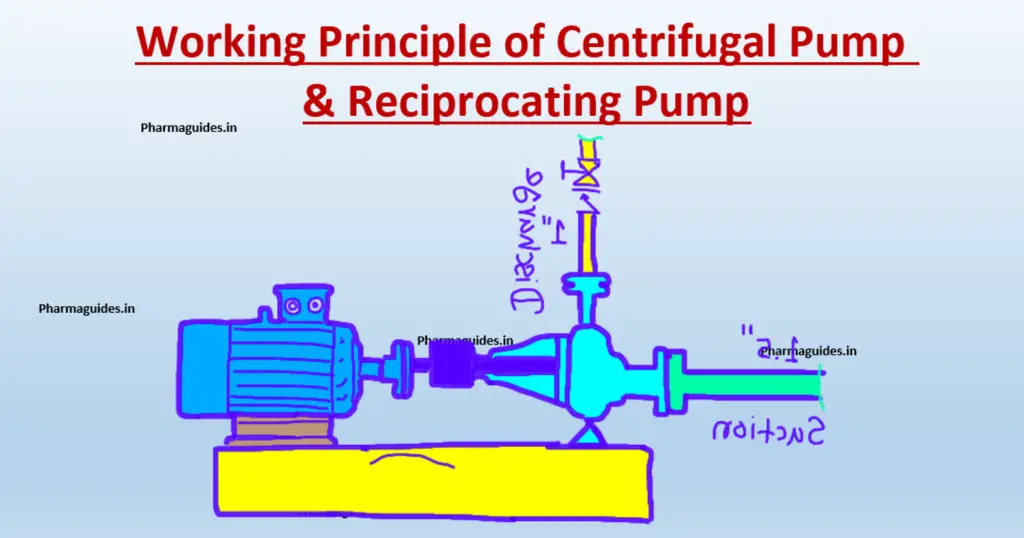
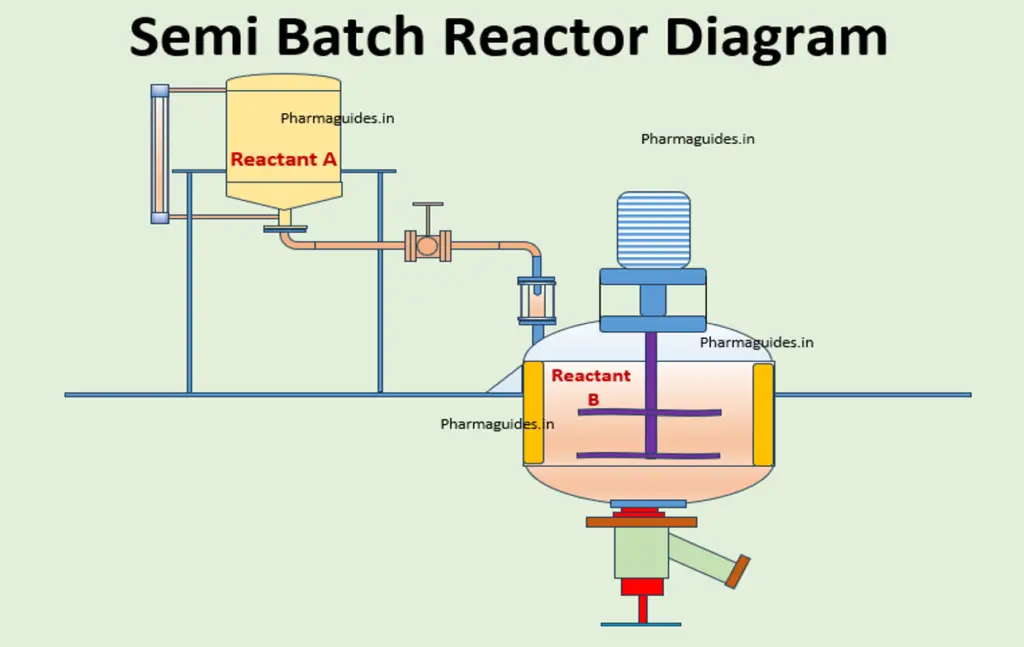
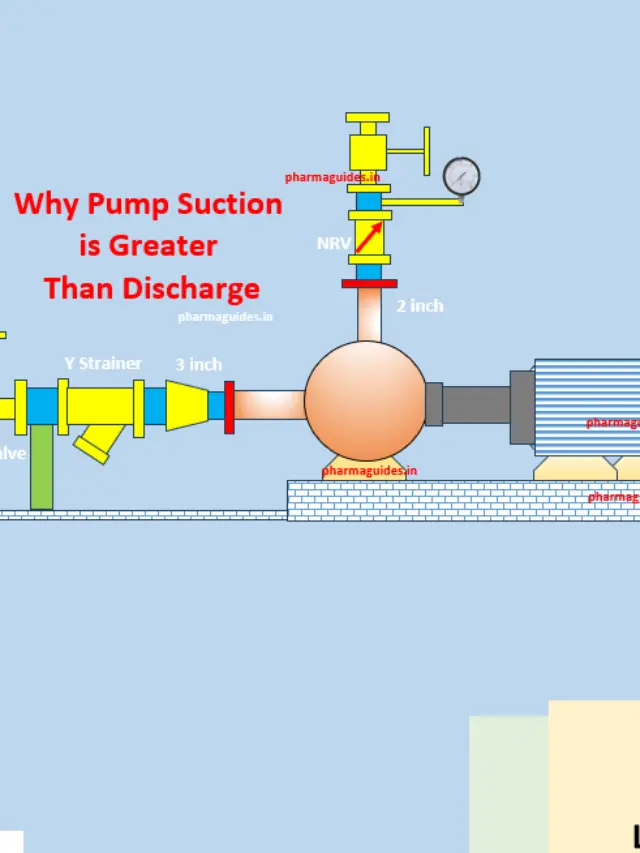
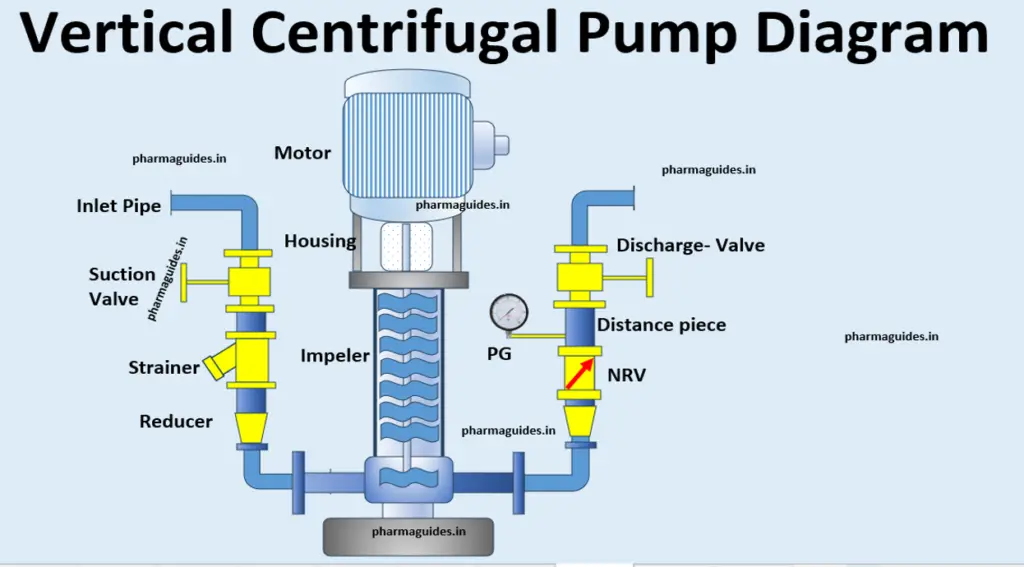
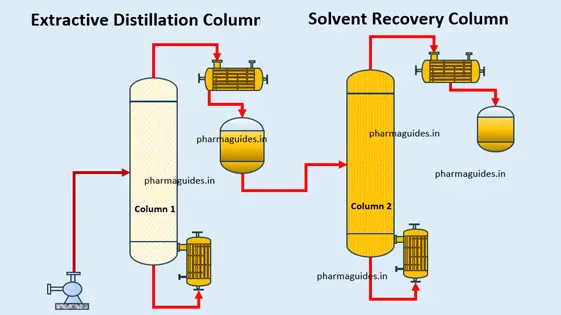
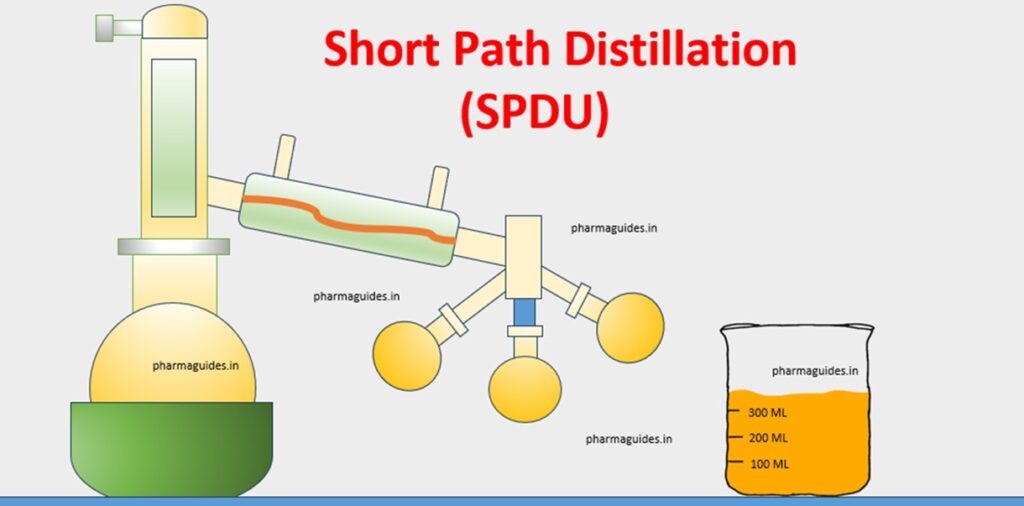

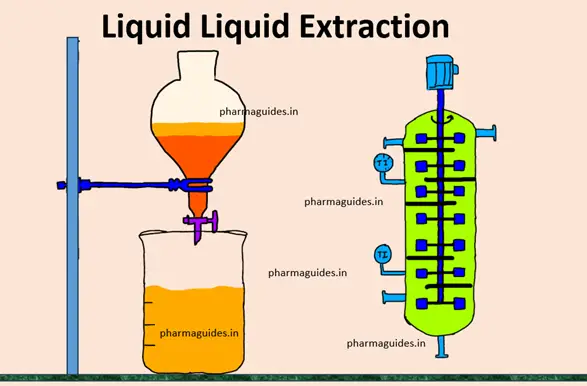
Hi Neat post Theres an issue together with your web site in internet explorer may test this IE still is the marketplace chief and a good component of people will pass over your fantastic writing due to this problem
Wonderful web site Lots of useful info here Im sending it to a few friends ans additionally sharing in delicious And obviously thanks to your effort
I loved as much as youll receive carried out right here The sketch is tasteful your authored material stylish nonetheless you command get bought an nervousness over that you wish be delivering the following unwell unquestionably come more formerly again since exactly the same nearly a lot often inside case you shield this hike